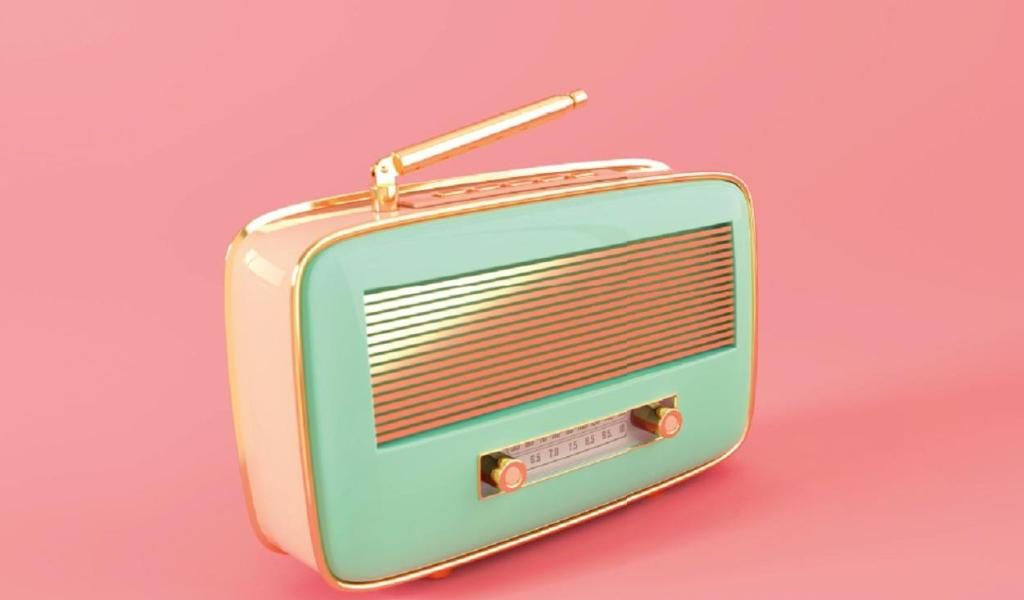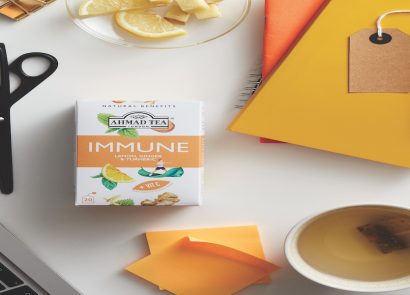Ever thought of switching up your skincare to suit your menstrual cycle? Here’s why it could bring big beauty benefits
It’s natural to notice skin changes during your menstrual cycle, thanks to fluctuating hormone levels. Perhaps you discover colonies of zits invading your jawline, or your complexion feels drier at certain times of the month, but have you thought about changing your skincare routine to help combat these issues? It’s easy to think that a one-size-fits-all approach to your beauty regimen will always work for your skin (plus, the thought of adding yet more products to your already heaving bathroom shelf may make you shudder), but the truth is that accommodating for these monthly changes, rather than hoping that your current routine will magically adapt, could be the key to a glowing complexion. Our panel of top dermatologists uncover the facts about syncing your skincare to your cycle, and reveal which products you should be applying, week by week.
The menstrual phase
To get back to basics, the first week of your menstrual cycle is when you’re on your period. This is when your oestrogen and progesterone levels are at their lowest, which is why you may feel low or irritable. The fall also causes your circulation and temperature to lower, which can often make your skin appear dull and lacklustre at this time, according to Dr Shirin Lakhani, cosmetic doctor and medical director at Elite Aesthetics (elite-aesthetics.co.uk). “For this week, it would be a good idea to use a product that addresses the dullness and brings some warmth and life to the skin,” she advises. “Products containing vitamin C are good for this.” Try The Ordinary Vitamin C Suspension 23% + HA Spheres 2% (£4.90, boots.com) or Glossier Super Glow (£24, glossier.com).
The follicular phase
This is the phase between the first day of menstruation (it overlaps with the menstrual phase) and the start of ovulation, when your ovaries produce follicles containing immature eggs. Only the healthiest one matures, which leads to a surge in oestrogen levels to thicken the lining of your uterus in preparation for a possible pregnancy. So, that’s what’s happening on the inside, but what about on the outside? “During this time, your skin is usually at its best. So, for this time of the month, use your normal skincare products and routine,” says Dr Shirin. “However, I would still recommend including a retinol product within your skincare regimen to increase cellular activity, support oil control and reduce the signs of ageing, alongside a broad-spectrum SPF.” Here at H&W, we like No 7 Advanced Retinol 1.5% Complex Night Concentrate (£25, boots.com).
“You may find your skin feels a little drier than usual the first week after your period has ended, due to the decline in oestrogen,” says Melissa Wood, medical director at Skin Emporium (skinemporium.co.uk). “At this time you could benefit from added hydration in the form of serums, especially those packed with hyaluronic acid. The Inkey List Hyaluronic Acid Serum (£5.99, cult beauty.co.uk) is a great one. Stick to gentle cleansers that retain moisture levels, such as La Roche-Posay Effaclar H Hydrating Cleansing Cream (£12.50, boots.com).”
The ovulation phase
At this point in your cycle (around day 14 for a typical 28-day cycle), the mature egg travels down the fallopian tube towards the uterus where it can be fertilised. According to the experts at Typology, a skincare brand that has created a range of products to suit each week of the menstrual cycle, it’s during this week that progesterone levels increase to prepare the body for a possible pregnancy. The production of sebum in the skin then increases, and the pores dilate. To remedy this, the experts suggest using Typology’s hydrating and astringent serum, which combat bacteria in the pores, while visibly reducing their size. Try Typology’s Woman Serums (£44.90 for four serums for four weeks of a woman’s menstrual cycle), typology.com.
The luteal phase
The final phase of your cycle, which lasts from ovulation to the start of your next period, brings a rise in hormones, including progesterone and oestrogen, keeping your uterus lining thick and ready for a potential pregnancy. If you don’t fall pregnant, your hormone levels will drop and your lining will start to shed, which signals the beginning of week one. It’s during the luteal phase that you may have the not-so-pleasant symptoms of PMS, such as bloating and breast pain. And that’s not all as, according to Dr Shirin, it’s also when you’ll see the most obvious changes to your skin. “Many women notice that their skin is more oily as the oil glands become more active, and this often results in bacteria and spots,” she explains. “At this time of the month, it might be worth including active ingredients within your skincare regimen – choose those that calm inflammation, and exfoliate the skin to avoid the build-up of dead skin cells such as salicylic acid. This helps to unblock the pores and reduce breakouts.”
Melissa adds that the surge of progesterone and testosterone can cause our skin to produce more sebum than at other times of the month, which can lead to blocked pores, among other things. “I suggest increasing your use of exfoliating acids, such as Murad’s AHA/BHA Exfoliating Cleanser (£38, murad.co.uk), during this time in your cycle to soak up any excess oils and to unclog pores,” she says. “If you have a particularly stubborn spot, apply Murad’s Rapid Relief Blemish Spot Treatment (£20, murad.co.uk), which helps reduce redness and spot size within just four hours.”
Your skin is more unstable at this stage, and unfortunately you may notice a flare-up of certain skin conditions. “Many people suffering from psoriasis will notice flare-ups in the run up to their period,” says Dr Sophie Shotter, Illuminate medical director and founder (illuminateskinclinic.co.uk). “Psoriasis is an autoimmune disease, and there is a complex interaction between oestrogen and immunity. Psoriasis can also cause a form of arthritis, which women often notice becomes worse at this point in their cycle.” She explains that eczema sufferers could also notice issues during this time, because the permeability of the skin’s barrier is greater before menstruation, meaning that irritants and environmental allergens are better able to penetrate the skin’s barrier. Finally, she warns about possible puffiness: “Water retention is caused by a drop in progesterone about a week before menstruation. This can lead to puffiness and bloating in the week before and during your period.






















